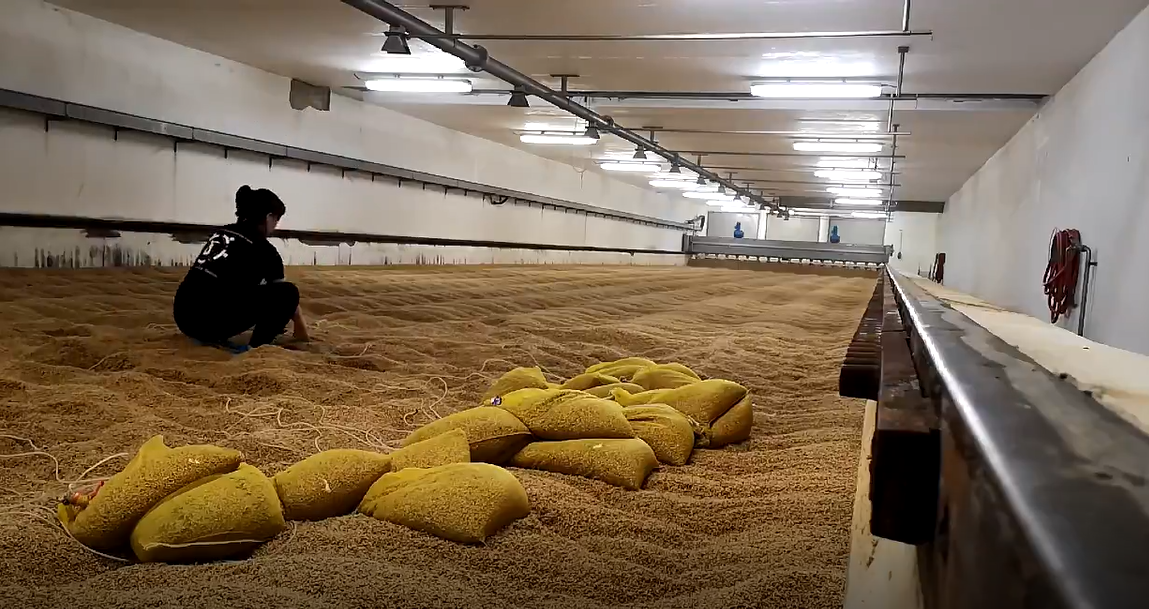Neus Prieto, PhD from the University of Lleida (UdL), has presented a doctoral thesis that analyses how the variety and growing area of barley affects the properties of the malt, wort and beer produced from it. It is a thesis directed by Mª Paz Romero and Ignacio Romagosa, Agrotecnio researchers, which has been developed both in the food technology department of the UdL and in the Maltería La Moravia of the Damm Group. This type of doctoral thesis, of an industrial nature, is of great value for the transfer of knowledge and technology from universities and research centres to society.
The brewing industry faces the challenge of ensuring a stable quality of its products, which will be determined by the characteristics of the barley malt used as raw material. The quality of the malt, in turn, depends on the starting barley, which changes from crop year to crop year depending on the environmental conditions of each harvest. Some seasons, the barley has a high malting capacity, while in bad harvest years the same type of barley may not be optimal for beer production. The challenge is not minor, as malting plants need to produce malt of sufficient quality, which must also be stable. For breweries, the difficulty is to always offer a consistent product.
Prieto, who in addition to being a researcher is also head of production for the Damm Group’s La Moravia malting plant, has analysed six commercial varieties grown over two years in four different areas of the Ebro Valley, the main growing area supplying this company. In the study, the year of cultivation was determined as the variant with the most significant effect on the phenolic profile of the barley and malt, i.e. those compounds that determine the organoleptic properties of the beer, such as its colour. The year of cultivation also determines the amino-acid and volatile aroma compounds profile of the brewing wort and beer. Genotype was not found to have a significant implication on the samples studied, with year, management and growing area being of more importance.
“In the malting plant we use different varieties of barley from different growing areas,” explains Prieto, who stresses that “it is important to know that the growing area has an effect on the malting capacity and the quality of the resulting malt. As production manager, I coordinate which barley enters the plant at any given time, always trying to bring together similar growing areas“.
In this project, the four fractions of the brewing process have been studied: barley, malt, wort and beer. The research has shown that, as the production process progresses, the genotypic effects diminish. In other words, the peculiarities of each type of barley, which result in different qualities between varieties, are mitigated as the material is processed. After malting (transformation of barley into malt), the genotypic effect becomes very important, but after mashing (transformation of malt into brewing wort), the genotypic effect diminishes to a great extent and disappears completely after fermentation and brewing, with process and environmental effects becoming more important.
A more realistic methodology
Neus Prieto’s thesis was based on a micro-malting method, different from the traditional pilot plant method. Unlike the latter, in which temperature and humidity conditions are controlled, the micro-malting method consists of placing the experimental barley in mesh bags that are buried with the industrial batch during the entire process (soaking, germination and drying- roasting), so that both the conditions and the industrial equipment are used, making it a methodology that is more representative of large-scale processes.

